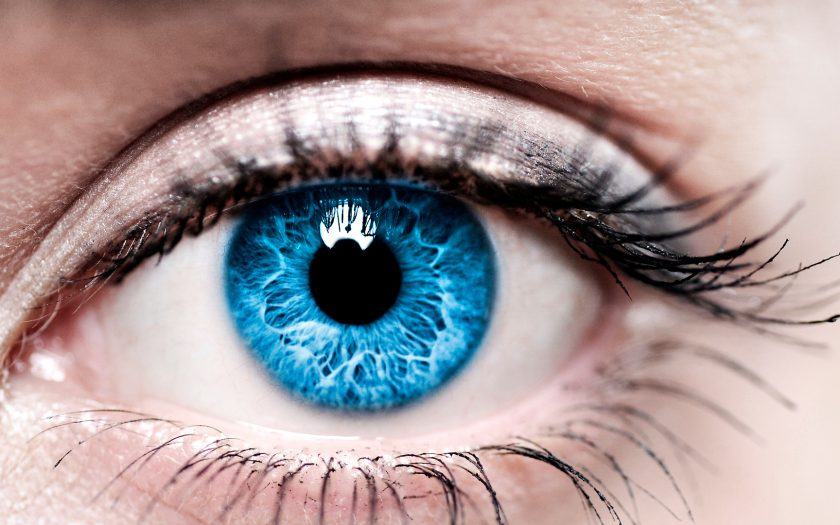Glaucoma is a chronic eye disease which is characterized by high intraocular pressure. If the eye pressure is not reduced to normal in time, the optic nerve dies, which leads to irreversible blindness.
There are eye diseases that develop imperceptibly, but ultimately lead to a complete loss of vision. A classic example is glaucoma.
Basically, people over 40 years suffer from glaucoma; however, young people (juvenile glaucoma) and even babies (congenital glaucoma) are not insured from the disease.
What’s happening?
In our eyes, a special fluid is constantly forming. It located on the anterior (between the cornea and the iris) and the posterior (between the iris and the lens) cameras of the eyes. In the corner of the anterior chamber is a complex drainage system through which fluid leaves the eye and enters the bloodstream. The balance between the formation and outflow of fluid determines the intraocular pressure. For most healthy people, intraocular pressure normal ranges are from 16 to 22 mm Hg.
With glaucoma in the sore eye, the circulation is disturbed, fluid accumulates and the intraocular pressure begins to increase. As a result, the eyeball begins to put pressure on the optic nerve, causing its damage.
There are two main forms of glaucoma: open-angle and closed-angle.
When the angle is closed, the fluid inside the eye accumulates because the iris overlaps the angle of the anterior chamber of the eye, that is, there is no access to the natural drainage system of the eye. With an open-angle form, this access is open, but the functions of the drainage system are impaired. There is also a mixed glaucoma and glaucoma with normal intraocular pressure (while blood circulation in the eye nerve is sharply deteriorated).
How does it manifest?
Open-angle glaucoma in most cases occurs and progresses imperceptibly for the patient. Since the field of view narrows gradually (the process can last several years), people sometimes accidentally discover that they see only one eye, and the second is blind. An increase intraocular pressure may cause headache and pain in brow area.
Closed-angle glaucoma accounts for 20–25% of cases of primary glaucoma. This form of glaucoma is often accompanied by pain, discomfort, heaviness and tension in the eye, as well as visual impairment: periodic blurring of vision, the appearance of halos around light sources. The pain is usually localized in the forehead, temporal region, half of the head.
People over 40-year-old should be attentive to the state of their eyes. Especially vigilant should be those whose relatives were ill with glaucoma – the disease is often inherited.
Remember, the only way to keep vision in glaucoma is start the treatment on time!
Glaucoma treatment
Glaucoma is treated with eye drops lowering intraocular pressure, for example Arrow-Brimonidine, Arrow-Dortim. In addition, doctors prescribed medications that improve blood flow and metabolic processes in the eyes. If the drugs do not help, then the patient needs surgery.

